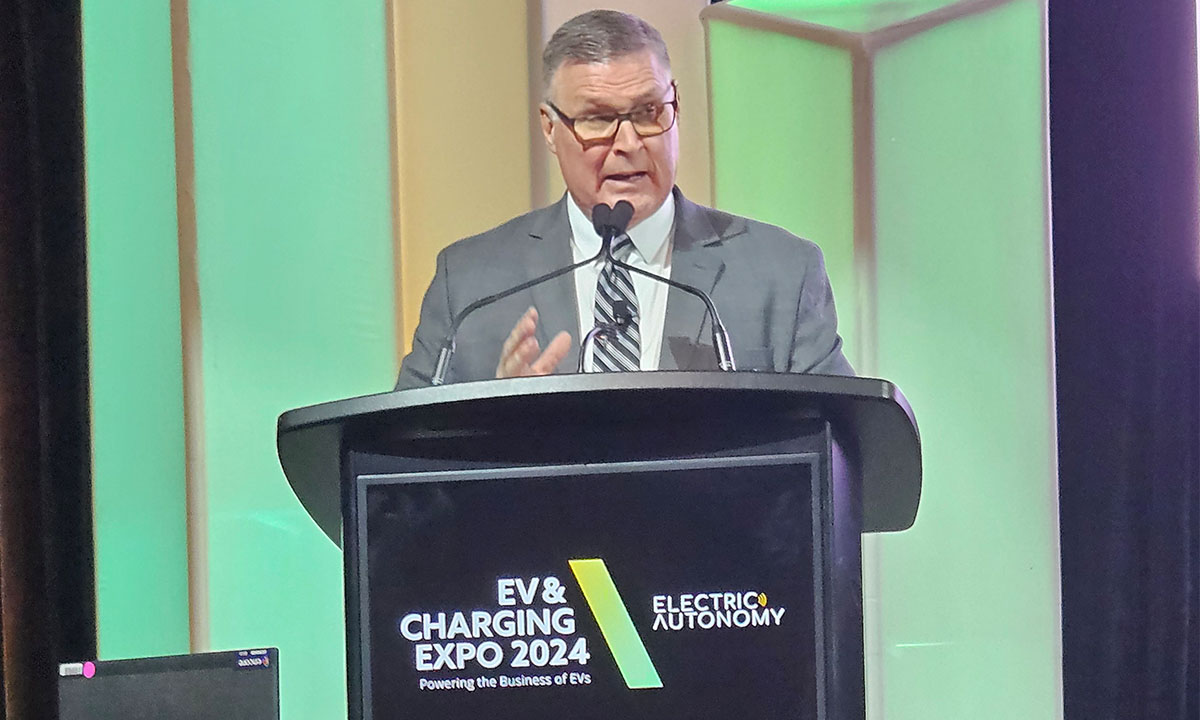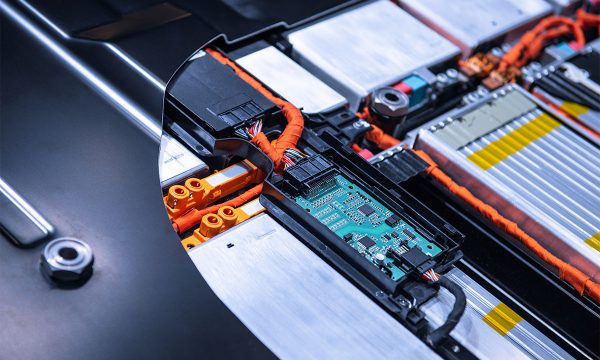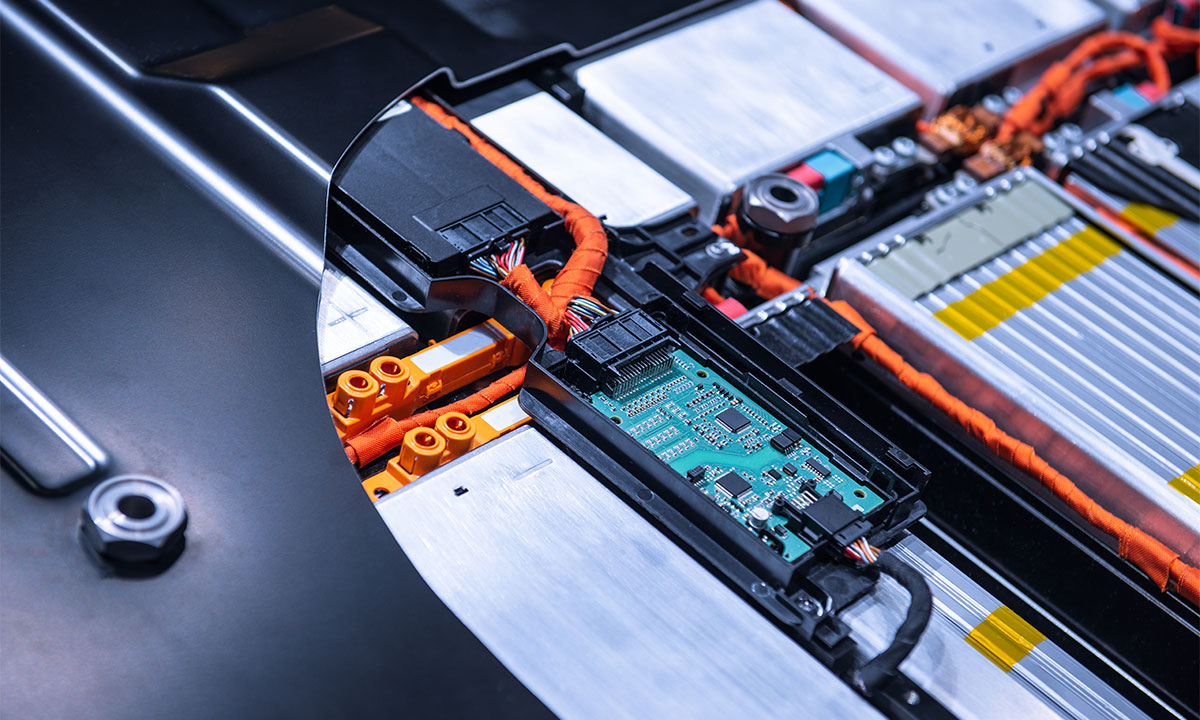Critics of government investment in Canada’s auto industry are being short-sighted

I am really perplexed about how some Canadians, for politically motivated reasons or otherwise, continue to want to find fault with our attraction of more than $40 billion in foreign direct investment to completely revitalize and transform our automotive industry for generations to come.
April’s announcement by Honda Canada to invest $15 billion into Ontario for four plants that comprise the totality of the EV ecosystem was just the latest lightning rod for the naysayers who decry the collective $5 billion invested by the Province of Ontario and the federal Liberal government as “corporate welfare.”
They say it’s a foolish expenditure of taxpayers’ money when the average Canadian is already facing numerous challenges from high inflation, to high interest rates, to high grocery and gas bills.
Let’s be clear, yes, $5 billion is a lot of money to pay to secure this investment, but not only will it anchor the 4,200 jobs at Honda’s assembly plant in Alliston, Ontario but it will create another 1,000 jobs there (and countless other thousands during the construction of the four plants), along with another 6-7 indirect jobs for every manufacturing job throughout the broader supplier community.
The number of jobs created by these historically huge investments — the Honda deal is the largest automotive investment in Canadian history and is worth more than the Stellantis/Nextstar and Volkswagen battery plants combined — is always seemingly never enough.
Let’s make no mistake though, it is going to be Canadians who are employed in the Honda facility, the Volkswagen facility and the Nextstar facility and to suggest otherwise is at best ignorance and at worst partisan politics.
The job equation has also bred an unheard of level of rhetoric around who is actually going to be working at these facilities.
The reality is that battery and battery components manufacturing are areas where we have very little indigenous expertise. In fact, the whole point of these investments is to cultivate and grow Canadian expertise in these technologies of the future.
These new plants are going to require the skills and expertise that we don’t currently have in Canada to assist in setting them up and training the Canadian workforce.
Let’s make no mistake though, it is going to be Canadians who are employed in the Honda facility, the Volkswagen facility and the Nextstar facility and to suggest otherwise is at best ignorance and at worst partisan politics.
Whereas most nations would be celebrating and reveling in their good fortune to have secured even one of the major EV announcements over the last two years, we seem resolute about looking a gift horse in the mouth and trying to find fault with either the amount of public money involved or the fact that there will need to be some foreign worker involvement for a short period of time to get these plants up and running and transfer knowledge.
In fact, we even had parliamentary hearings to attempt to “get to the bottom” of the foreign worker issue with these investments.
These investments are providing generational change to the automotive sector in Canada, and revitalizing a sector that, only a few short years ago, seemed to be on a bit of life support and was at risk of going the way of Australia where one by one automakers made the decision to leave the country, leaving it without an automotive industry.
Now, some might say if Canada has all of the key ingredients from critical minerals, abundant copper, nickel, graphite and lithium resources, a skilled labour force and the most significant IT cluster in North America next to Silicon Valley, why does any public money need to be spent to lure these automakers and battery makers to a place where it theoretically makes the most sense for them to locate anyway? It is a great question.
The reality is that these types of government incentives have always been part of the competitive package to help secure foreign direct investment in Canada.
I, along with many others, wish that this wasn’t the case — but it is. So, if we want an automotive industry that provides direct and indirect jobs to more than half a million Canadians, then we need to play the game — creatively, responsibly — but we need to play it or such investments will go to jurisdictions with perhaps less inherent logical geographic locational strength but with a larger monetary incentive package.
I love our industry, I grew up in it and have been fortunate to have earned my living within it for more than 35 years. Some could argue that Canada doesn’t need an auto industry. Ok, but if we don’t have one, then the naysayers had better figure out how to find good paying jobs for the 500,000 people that will be displaced as well as a way to replace the 13 per cent of manufacturing GDP that the industry contributes.
I am non-partisan, but it needs to be said that former Conservative Prime Minister, Stephen Harper, presided over the unprecedented public bail out of General Motors and Chrysler in the first decade of this century after the financial crisis. In fact, the government of the day even took an ownership interest in General Motors for a while.
So, a Canadian Conservative government invested in two American companies to a far greater extent than the American government did. Why? Because Prime Minister Harper understood that if they didn’t intervene in a big way, that could have been the collapse of the auto industry in Canada, and that was a price he (rightfully) was unwilling to pay.
While it may be politically expedient to decry “corporate welfare” from the sidelines, the reality is that every government, regardless of political stripe, understood what was at stake and we should all keep that in mind as we move forward.
The industry needs policy consistency from the federal government as well. I will support them as the day is long for their involvement in these types of investments but such investments are being undermined by the geopolitics around vehicle electrification.
We need to build these plants, we need to build mines and roads and extract and process minerals and make this whole new supply chain for the industry work in a number of areas where we don’t have expertise, all with the view of selling to Canadians and Americans the electric vehicles (and batteries) made here.
Meanwhile, we have an unnecessary Zero Emission Vehicle mandate dedicated to attempting to be the suspenders to the belt of Canada aligning with the most strict emissions standards that we’ve ever witnessed introduced by the EPA in the United States.
As a result, these emission standards will assist in driving manufacturers to build EVs to meet the emissions reduction target.
So, at the end of the day, all the ZEV mandate does is encourage manufacturers and distributors to figure out where they can source cheaper EVs that Canadians can afford to purchase (at least in the short term) so that they can meet their ZEV compliance targets.
The only jurisdiction in the world making inexpensive EVs at the moment is China. Why attempt to bolster and build up Canada’s automotive industry on one hand, while encouraging automakers to source inexpensive vehicles from China to meet the sales mandate? It makes no sense.
These are exciting and transformative times and the industry is doing things that it has never had to do before, so we are all building the plane while we fly it. It will not be easy, it will not be smooth but with thoughtful politicians, civil servants, and industry leaders we will get there, it is just a matter of how soon.
In the meantime, let’s take time to celebrate our victories and embrace the fact that in Honda Motor Company’s 75-year history, it has never made an investment this large, and I for one, am very grateful that they chose Ontario, and Canada to make this investment. It will be vitally important in anchoring the new automotive industry for years to come.















